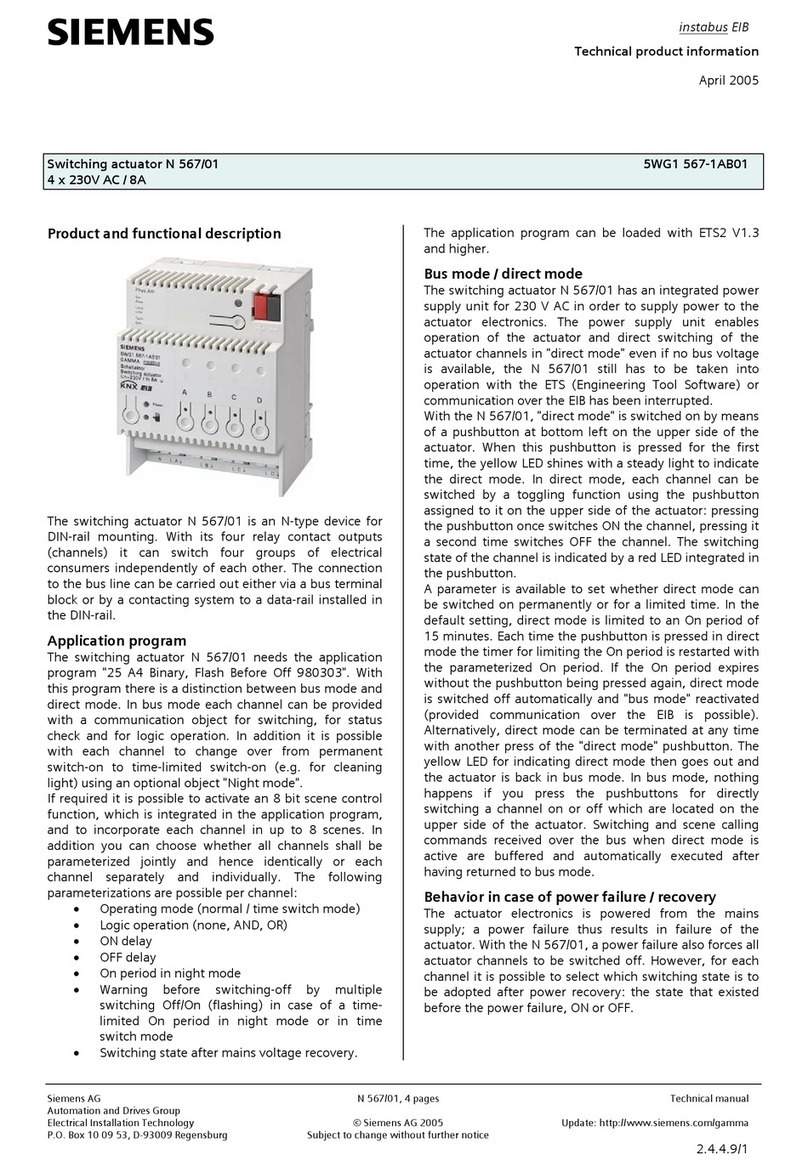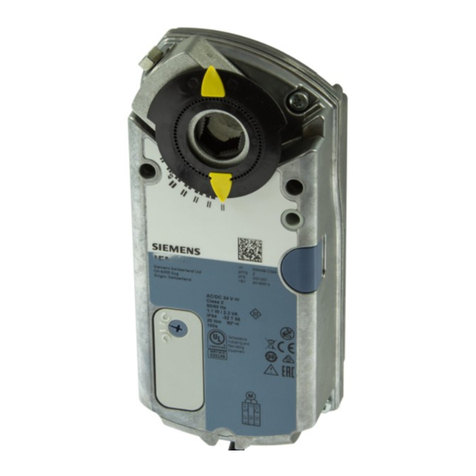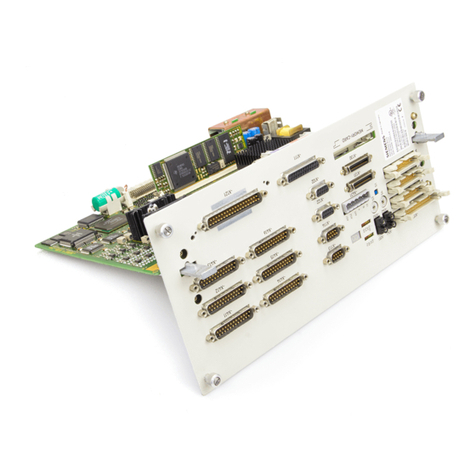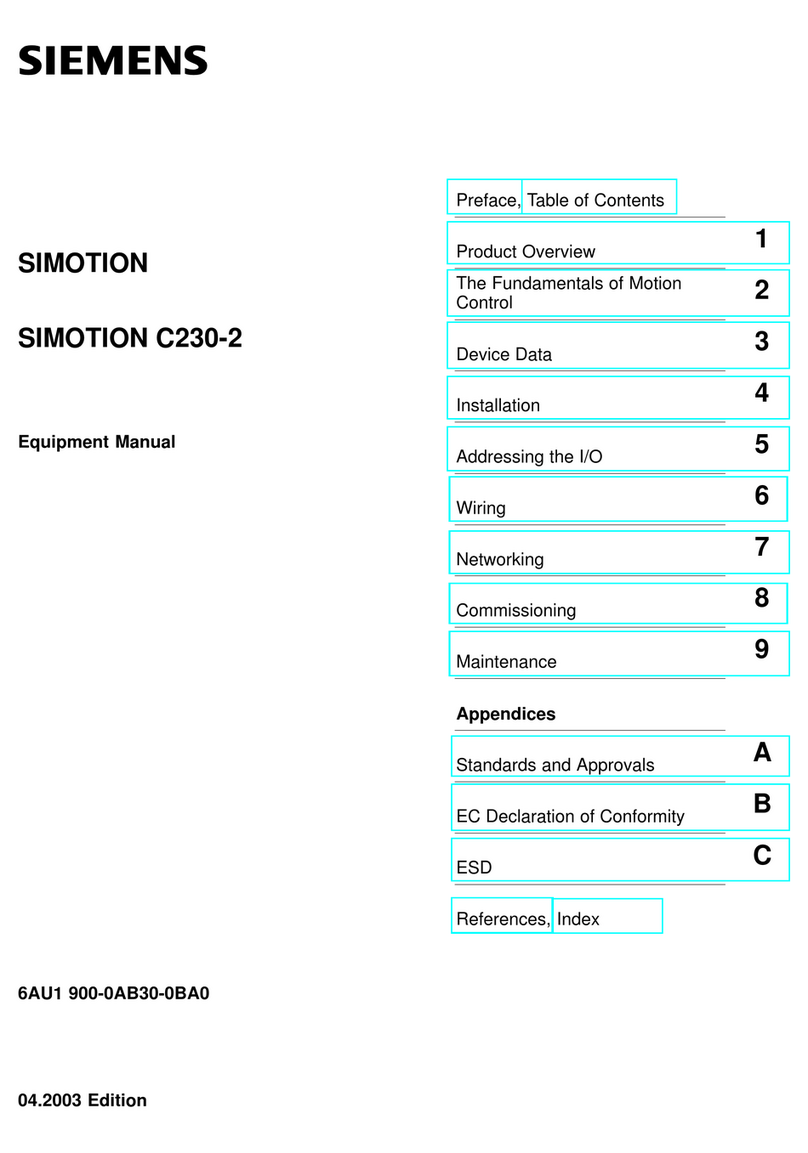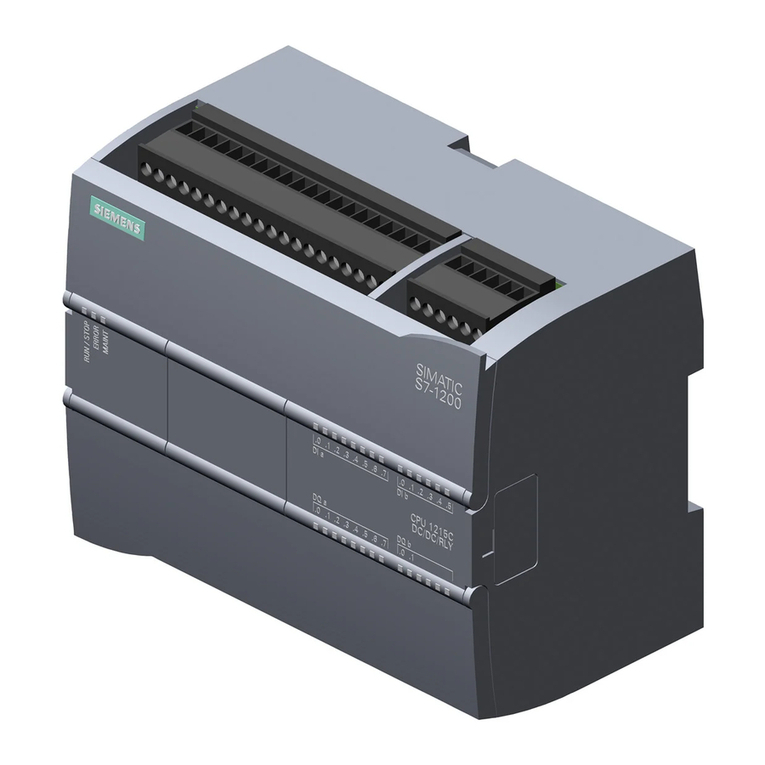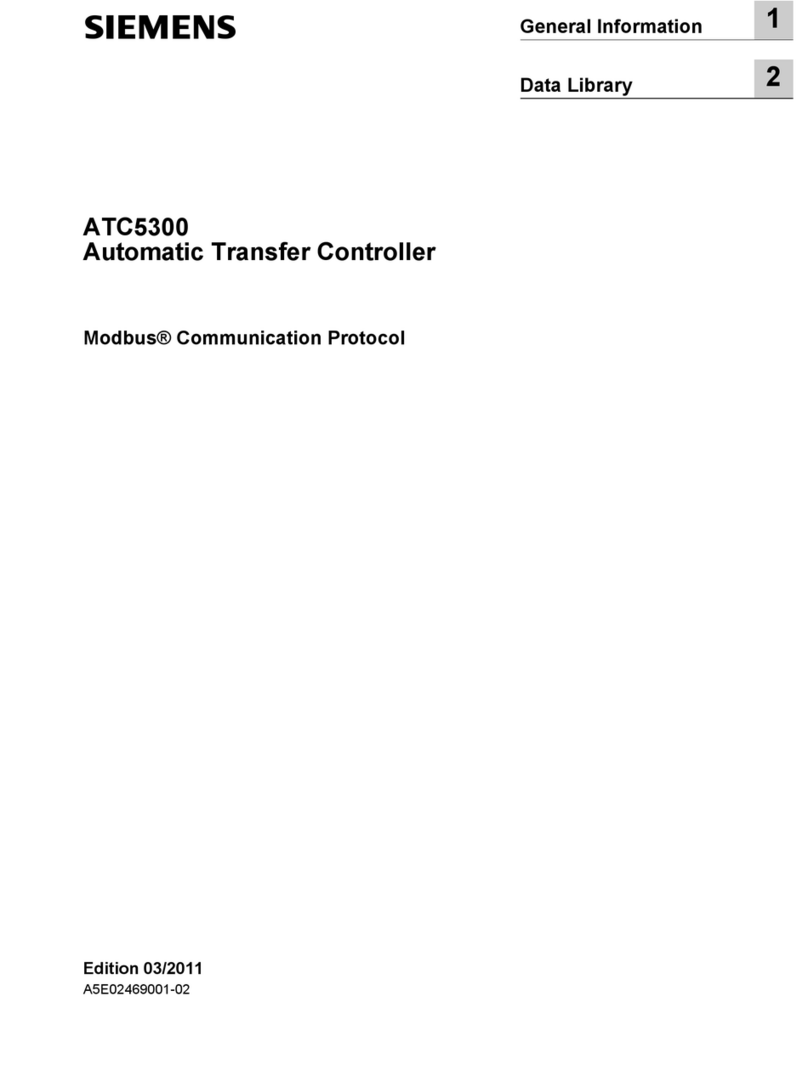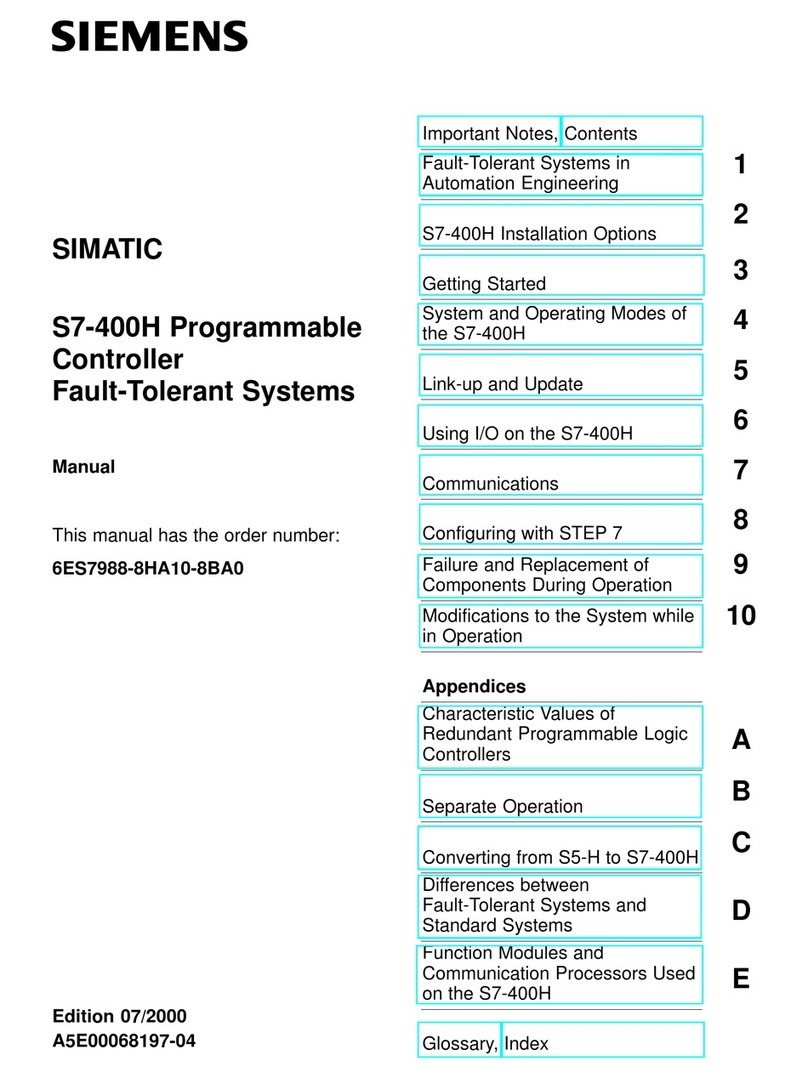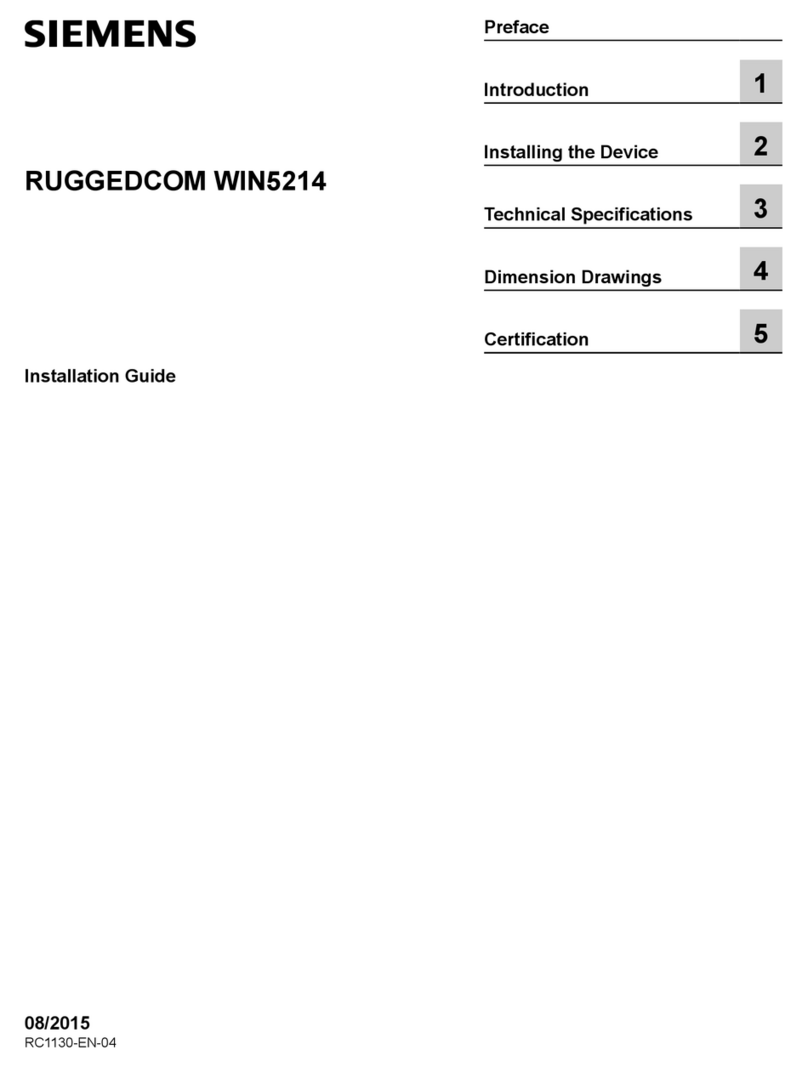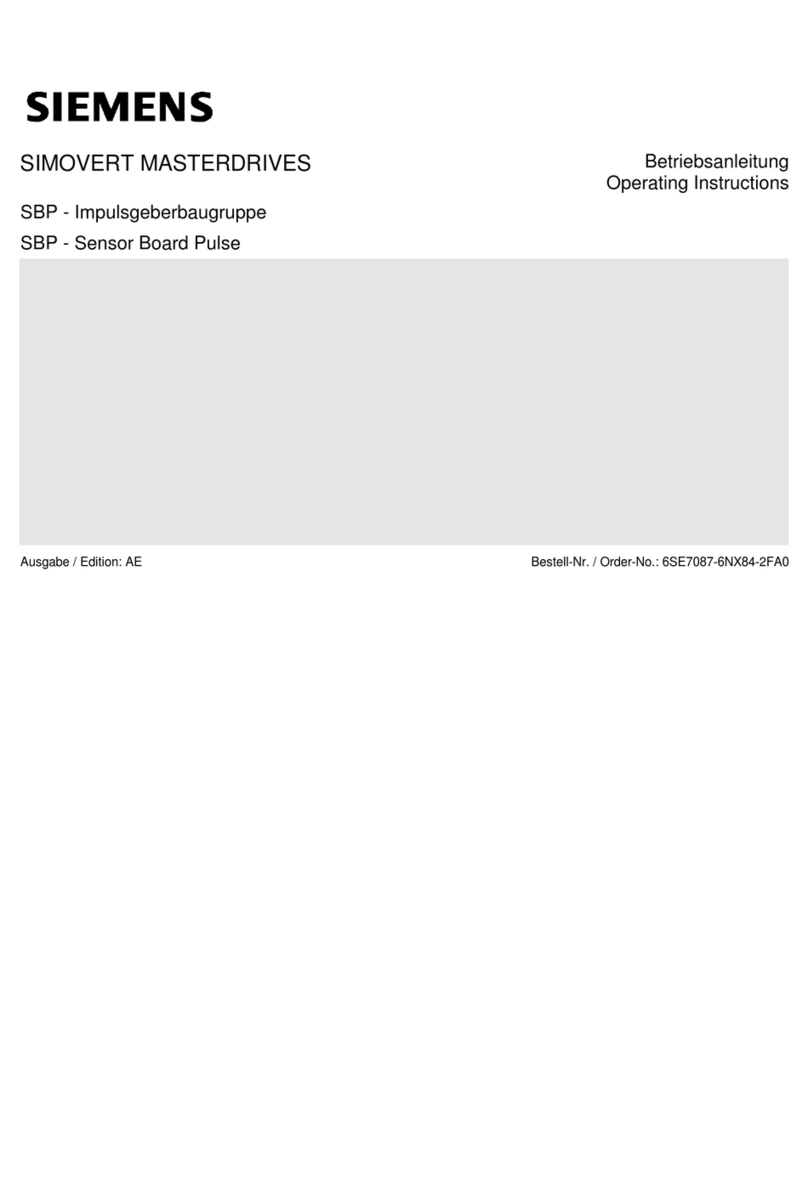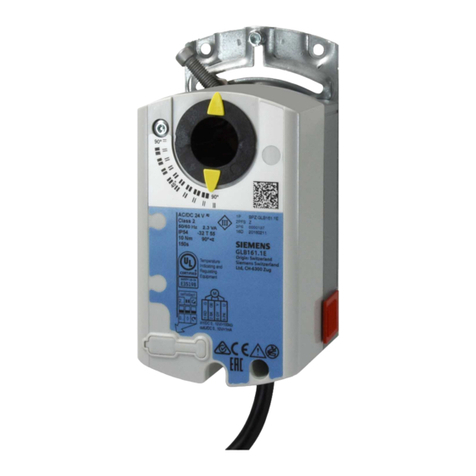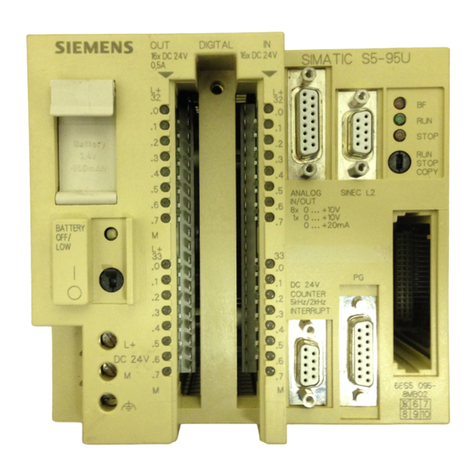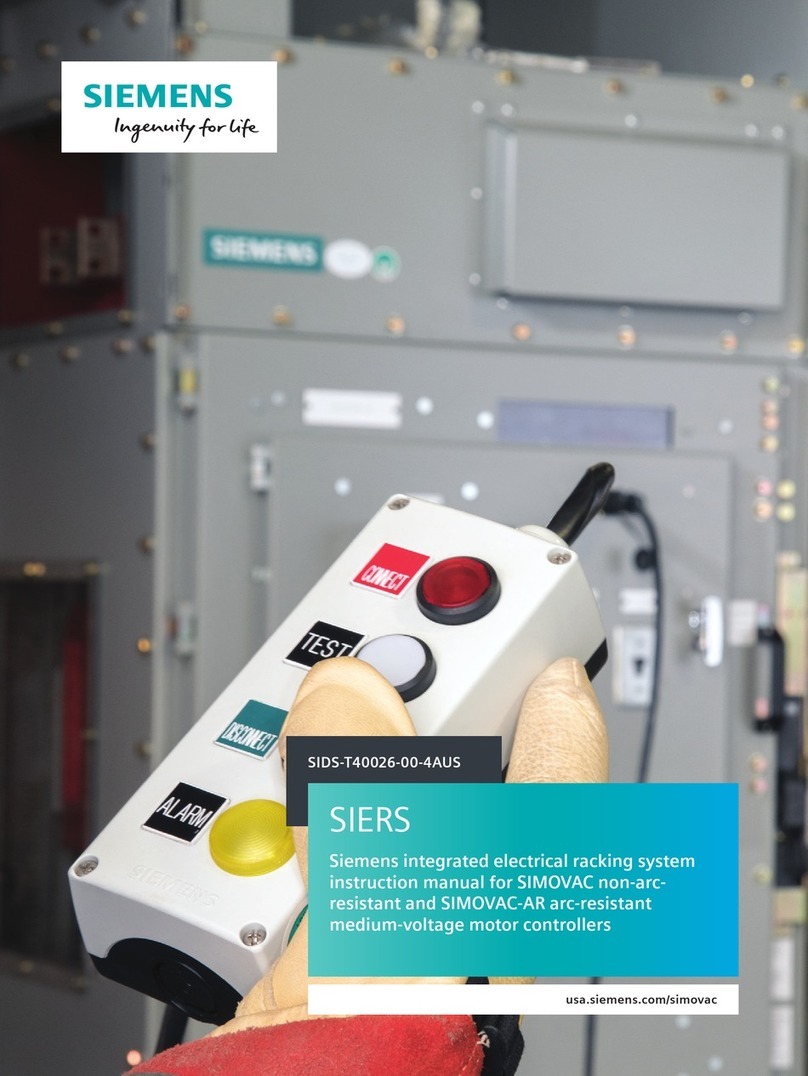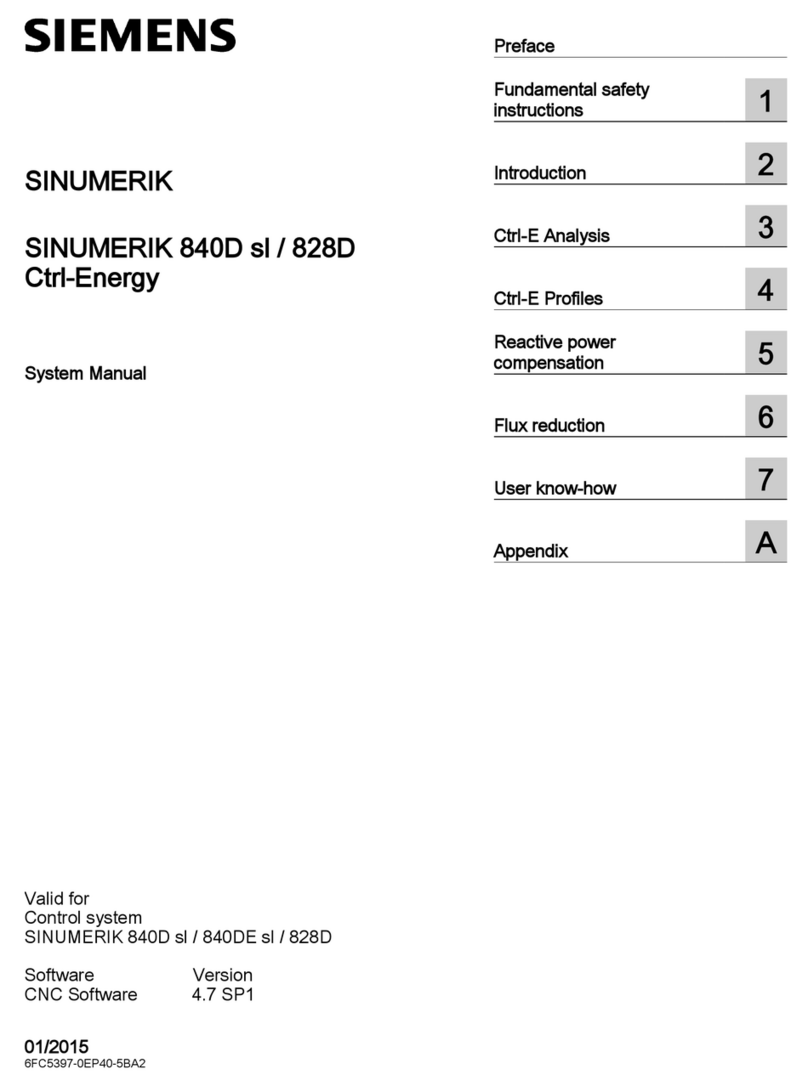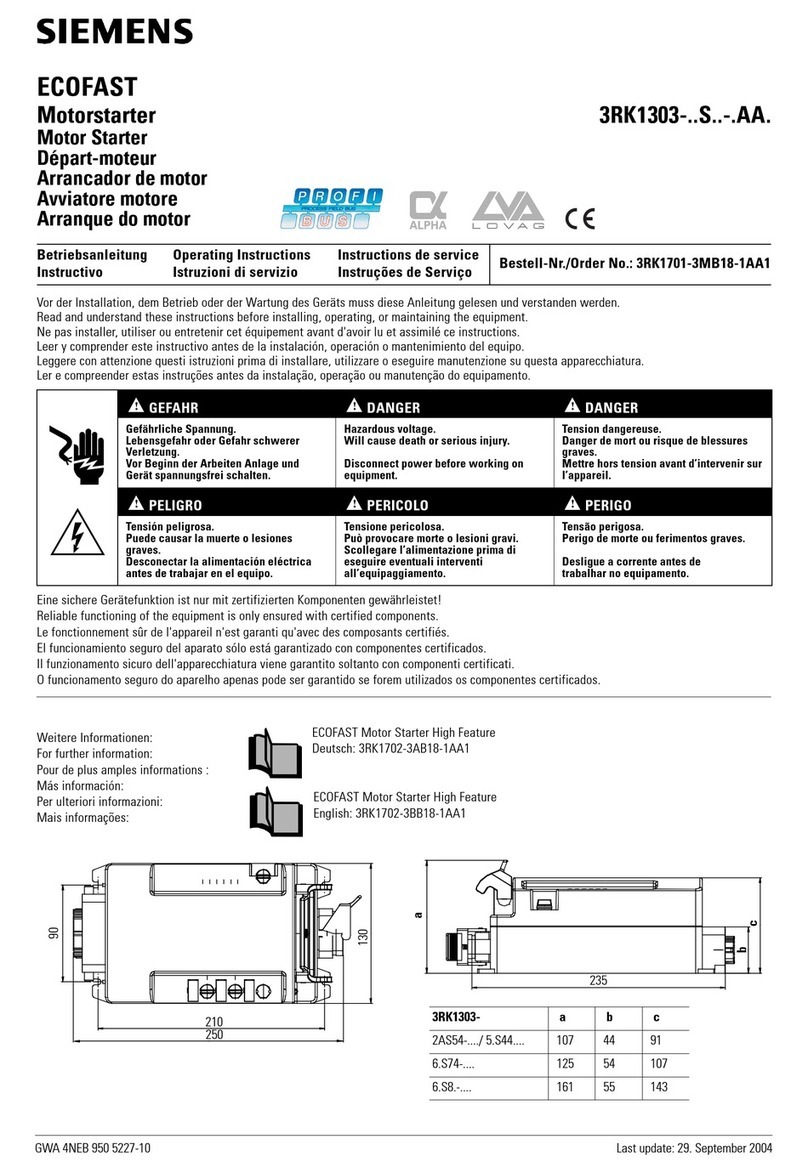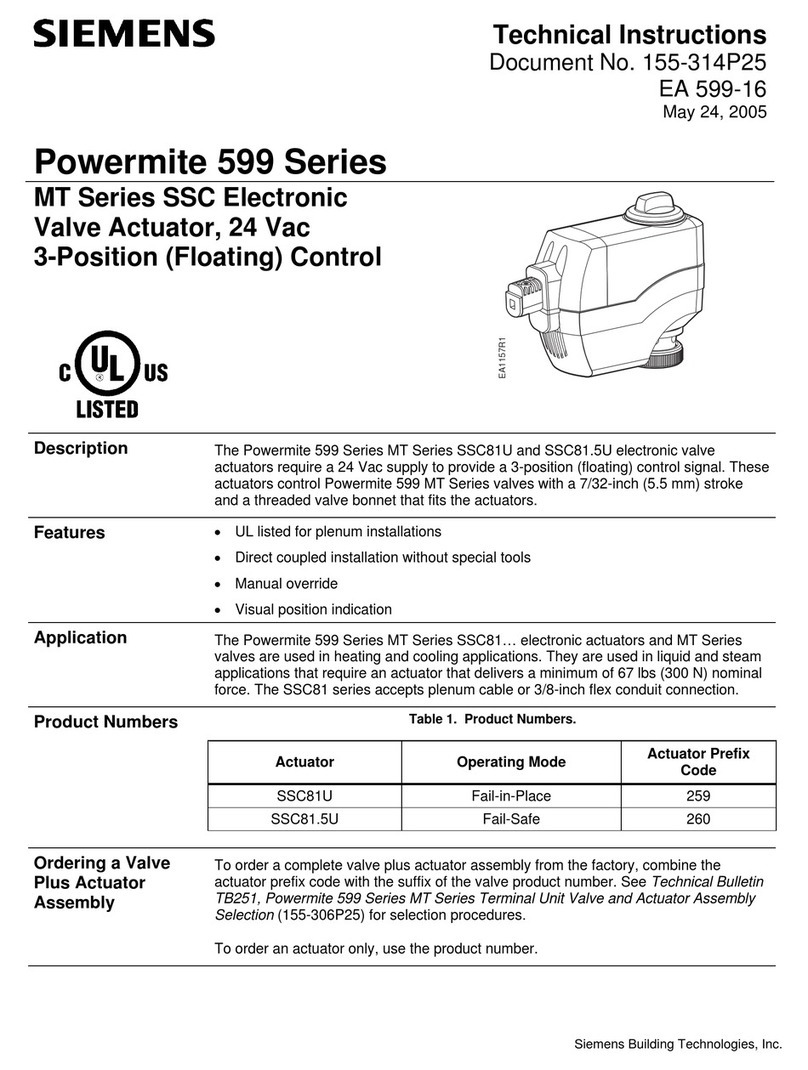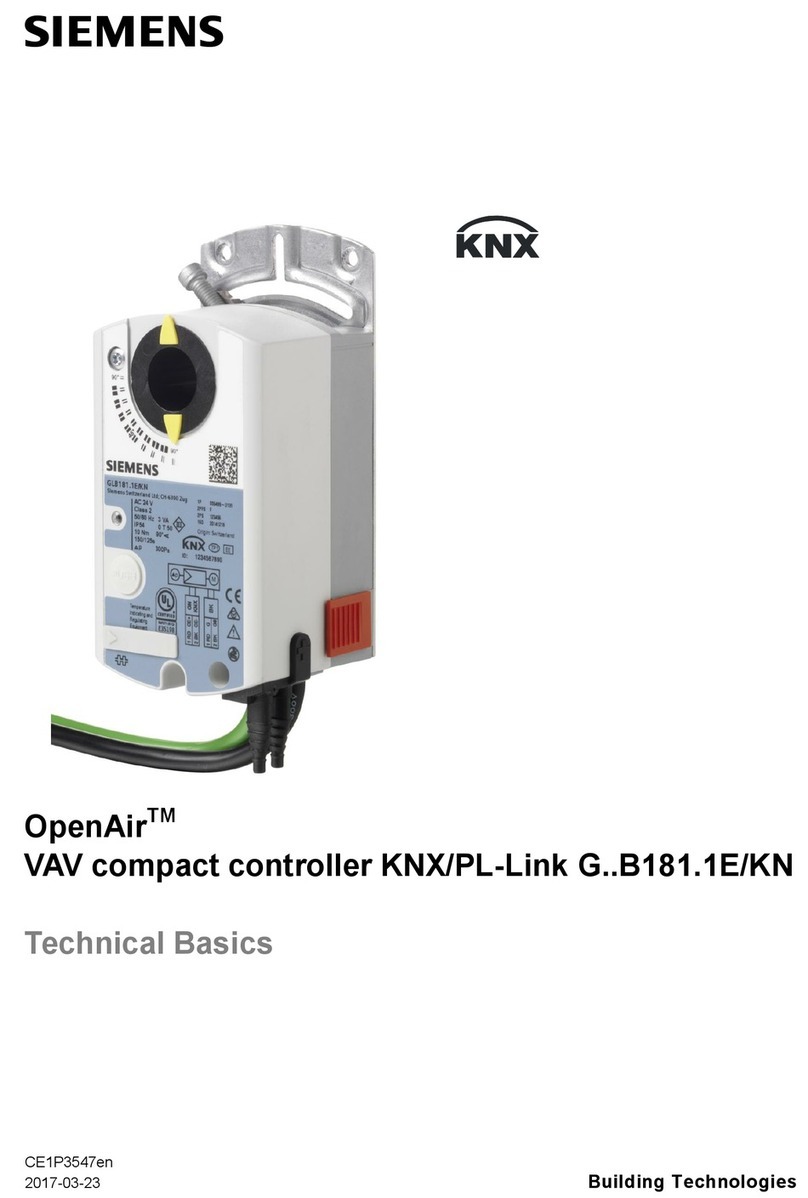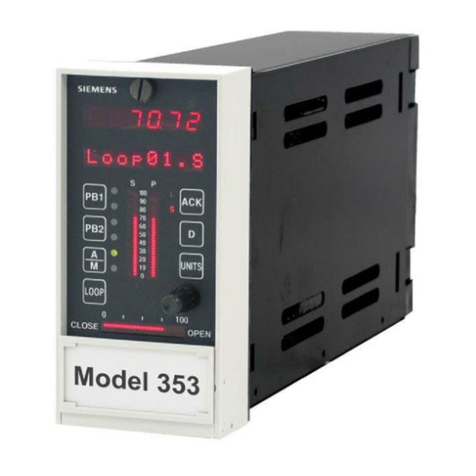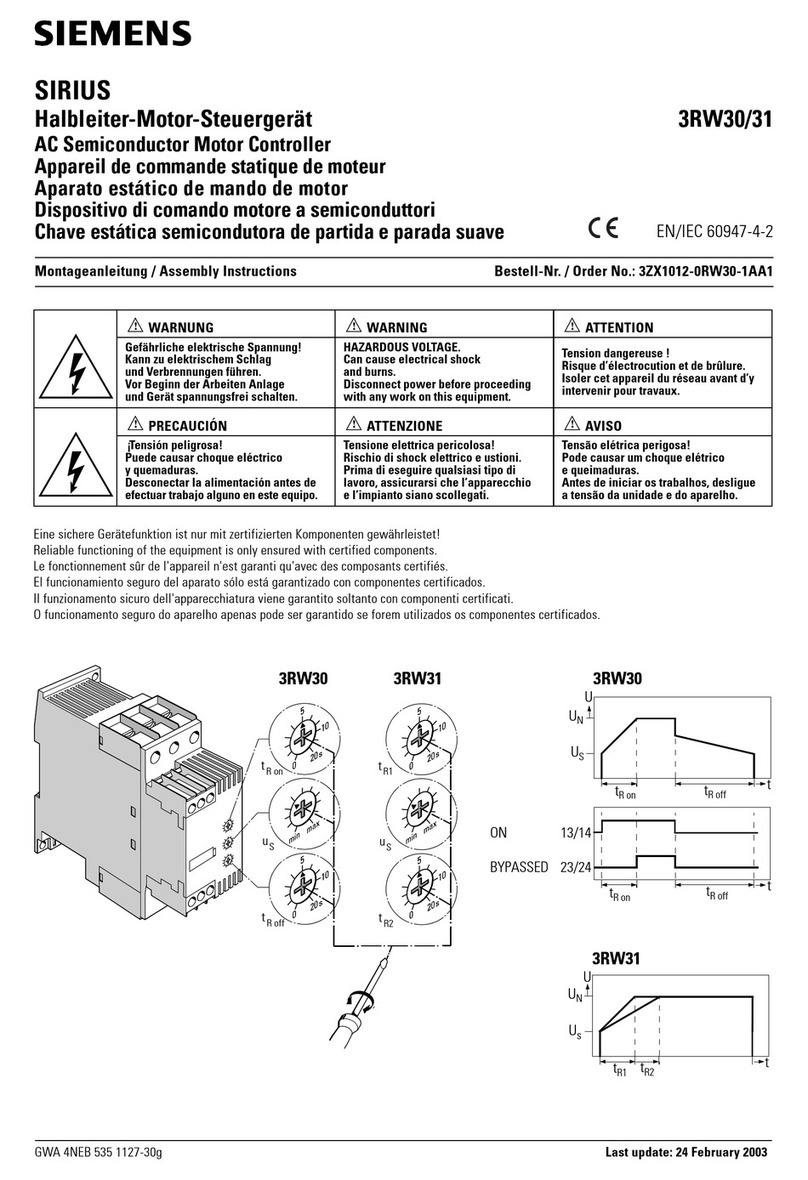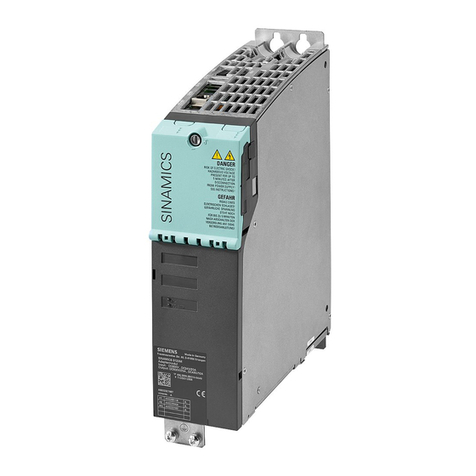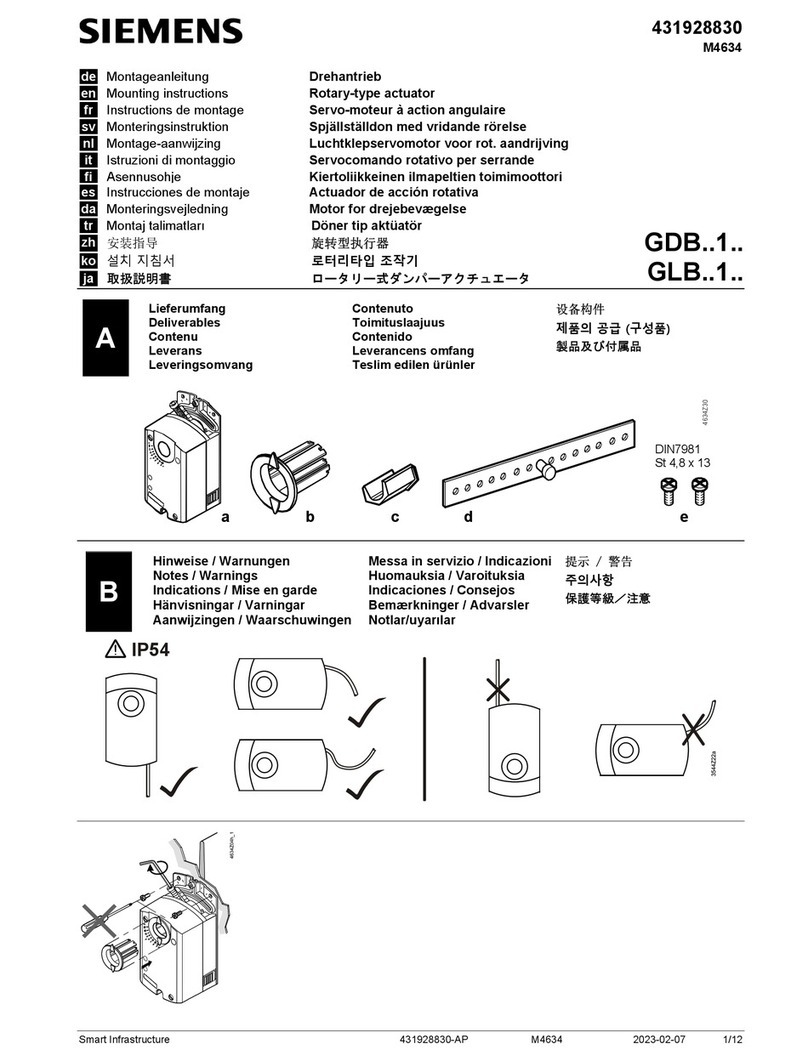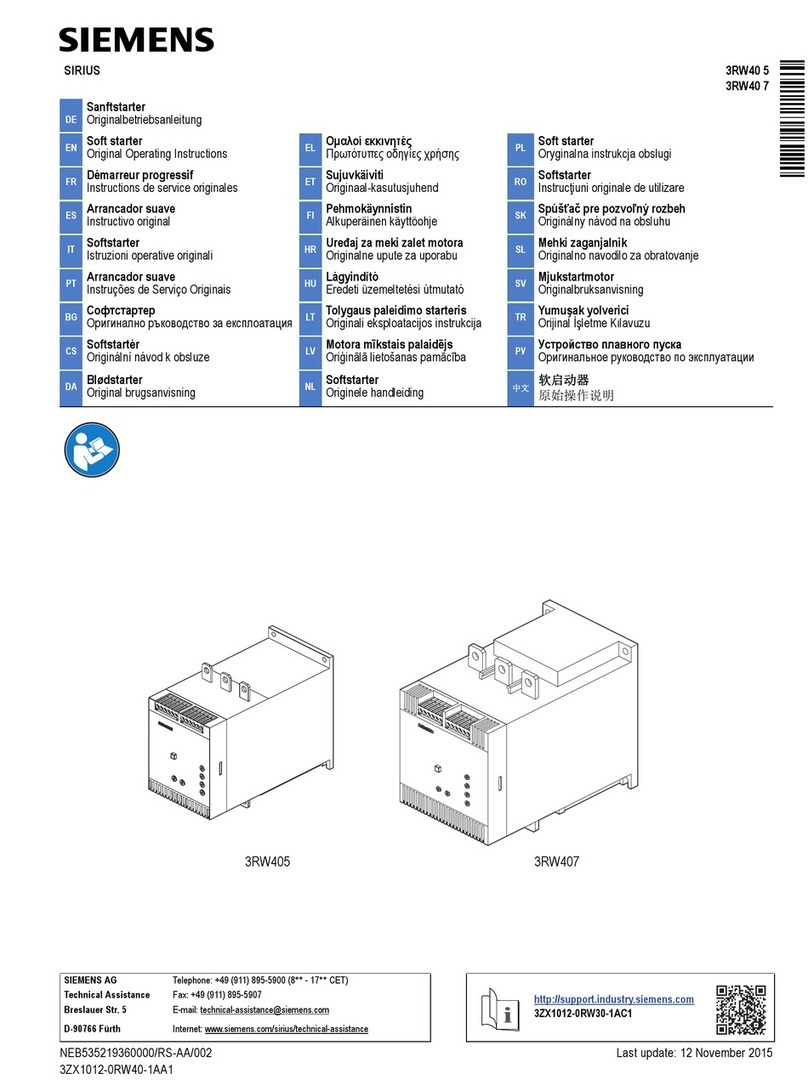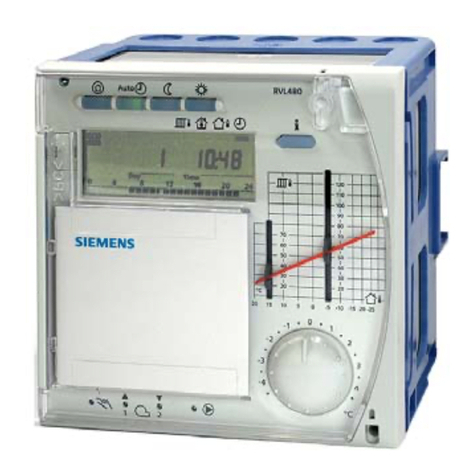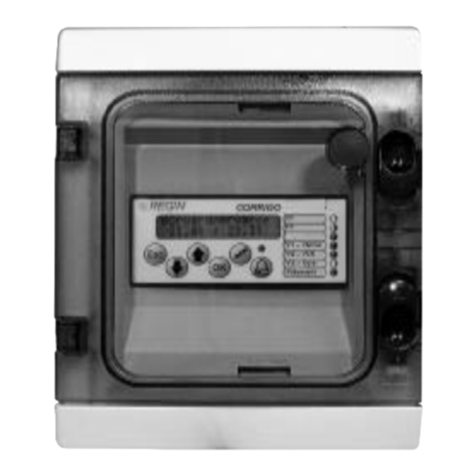
3/15
Building Technologies Division CC1N7418en
21.06.2016
Installation notes
Always run the high-voltage ignition cables separate from the unit and other cables
while observing the greatest possible distances
Make absolutely certain that life and neutral conductors are correctly connected to
terminals 1 and 2 of the burner control; otherwise, no flame signal will be generated
Ensure that the maximum permissible current load for the connecting terminals is
not exceeded (refer to Technical data)
Install switches, fuses, earthing, etc., in compliance with local regulations
The connection diagrams shown apply to burner controls with earthed neutral
conductor. In the case of ionization current supervision in networks with
nonearthed neutral conductor, terminal 2 must be connected to the earth conductor
via an RC unit (part no. ARC 4 668 9066 0). In that case, it must be made certain
that the relevant national safety regulations are complied with (e.g. electric shock
hazard protection), since AC 230 V / 50 Hz mains voltage results in a leakage
current of 2.7 mA
Make certain that the maximum permissible current rating of the connection
terminals will not be exceeded
Do not feed external mains voltage to the control outputs of the unit. When testing
the devices controlled by the burner control (fuel valves, etc.), the LGA… must not
be connected
To isolate the burner control from the mains supply, use an all-polar switch with a
contact gap of at least 3 mm
Secure the earthing lug in the terminal base with a metric screw and a lockwasher
or similar
Switches, fuses, earthing, etc., must be in compliance with local regulations;
primary fuse max. 10 A slow
Connect the gas pressure switch and controller, whose contacts must be closed
from startup to controlled shutdown, in series with control thermostat or
pressurestat (R) and limit thermostat or pressure switch (W)
For safety reasons, feed the neutral conductor to the neutral distributor in the plug-
in base, or to terminal 2. Connect the burner components (fan, ignition transformer
and gas valves) as represented in the figure 7435a14, to the neutral distributor as
shown below. The connection between neutral conductor and terminal 2 is
prewired in the terminal base
Example
237 4 5
M
N
7435a14/0601
ZV1
V2
Key
V... Fuel valve
M fan motor
Z ignition transformer
Correct wiring of neutral conductors!
If the fully closed position of the main valve «BV2» shall be checked on burner
startup, the closed position contact must be included in the loop between terminals
9 and 3. In addition, the connecting links between terminals 9 and 11 and 8 and 3
must be fitted
During the startup sequence, terminal 6 carries voltage and must not be used as
an auxiliary terminal
The auxiliary contact of a gas valve for checking the fully closed position must be
included in the loop between terminals 9 and 3
During the startup sequence, terminals 9 and 6 carry voltage and must not be used
as auxiliary terminals
Connect the load controller of 2-stage burners to terminal 5 in series with «BV2»
Only with LGA41...
Only with LGA52... /
LGA63...
